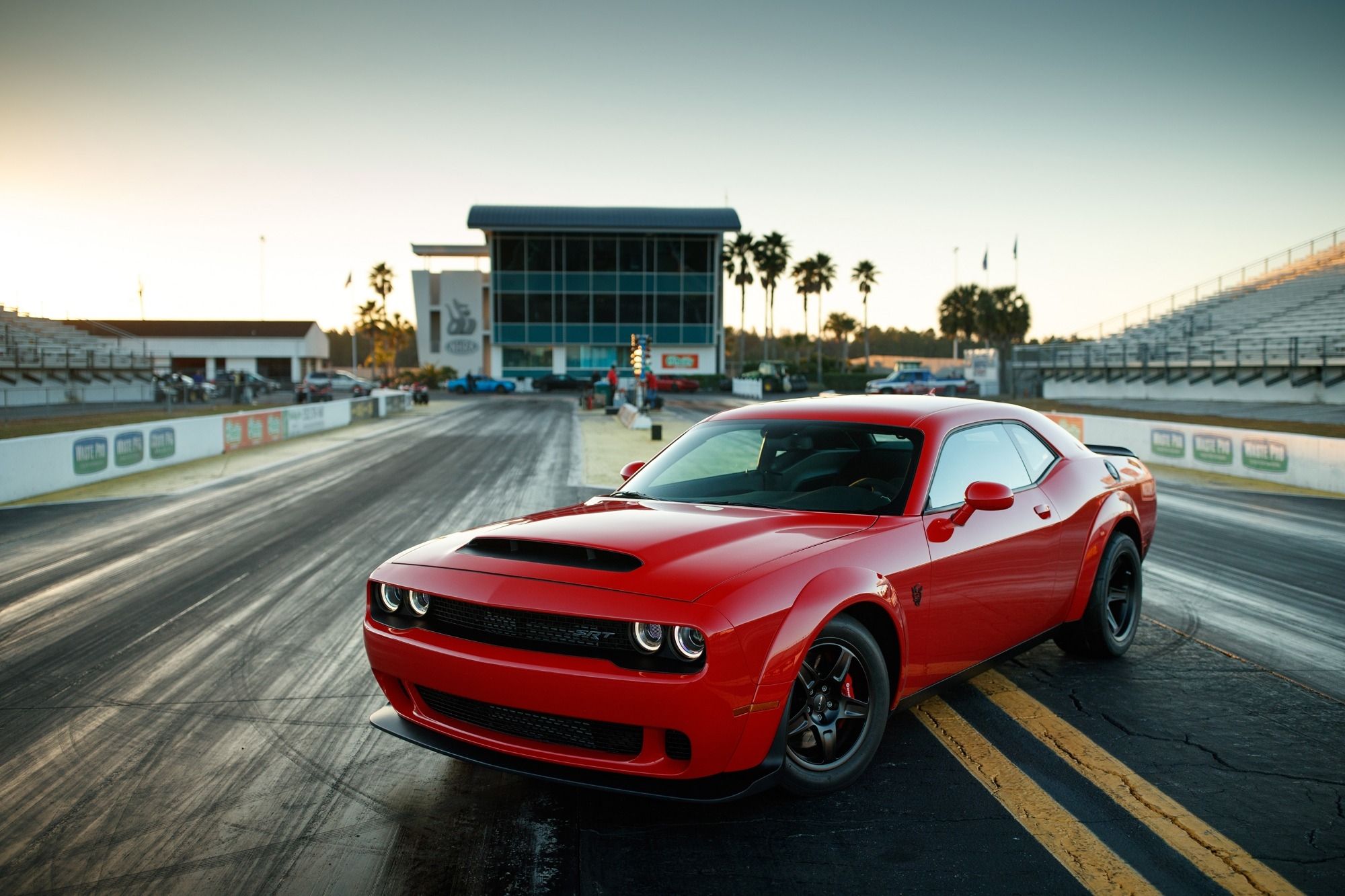
People have loved driving cars as fast as possible in a straight line ever since Karl Benz got behind the proverbial wheel of the first motorcar 136 years ago. But since then, cars have become ridiculously fast and capable; modern production cars are so quick that they have to be limited and regulated for safety reasons. But if there's one thing gearheads and drag racers hate it's a speed or power limitation, and the National Hot Rod Association's (NHRA) controversial ban on production cars capable of nine-second quarter-mile runs without a roll cage has caused a ton of tension in the drag racing community. Until now.
In a stunning turn of events, the NHRA is relaxing its rules, allowing cars such as the Dodge Challenger SRT Demon and Tesla Model S Plaid to stretch their legs on the track, legally, without the need to fit a safety cage.
This latest policy shift comes as the NHRA looks to catch up with the ever-changing landscape that is performance motoring. Last year the organization announced that it was eager to help EVs integrate into the sport (and also secured a bunch of advertising rights), and now it has finally bowed to the inevitable crusade of hyper-fast production cars. The NHRA's Street Legal class regulations have now changed in the following ways: street-legal cars manufactured from 2008 onward that run DOT tires and have all their safety equipment intact are now allowed to run 10 seconds in the quarter-mile, or 6.4 seconds on the eighth at a speed of up to 135 mph. Cars manufactured from 2014 and up can now run a full flat nine on the quarter, a 5.65 in the eight, and reach up to 150 mph. Convertibles quicker than 13.49 seconds will still have to meet certain basic roll bar and cage requirements.
This sudden change of heart also comes with a few added benefits. The NHRA will award drivers with special decals for their car if they break the 13-, 12-, or 11-second barrier, and drivers who dip into the nines will get unique decals for ultimate bragging rights. Drivers competing in the sub-ten-second class will require an NHRA level 6 license, while those in the ten-second and above brackets will only require a level 7 license. This new rule shift couldn't come at a better time: production cars are getting quicker and safer.
"Each year, automotive manufacturers continue to push the limits of performance by building production vehicles that are quicker and faster than the previous year's models," said Lonnie Grim, NHRA National Tech Director. "At NHRA, we very much support their commitment to performance and recognize that there is still a very large market for performance cars. At the same time, we acknowledge that NHRA needs to keep pace with the current trends, which is why we've announced these rules adjustments."
